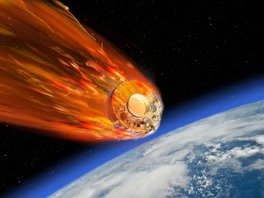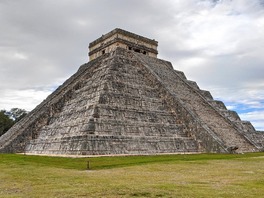NASA scientists have discovered two earlier unknown lakes which are hidden under the ice in Antarctica. This was reported by Science Alert.
According to the researches, the discovery of these interconnected systems of lakes at the ice-bed interface that are moving water around, with all these impacts on glaciology, microbiology, and oceanography – that was a big discovery from the ICESat mission.
“The data are such high precision that we can really start to map out the lake boundaries on the surface," said glaciologist Matthew Siegfried of Colorado Mountain School.
According to scientists, deformation due to active subglacial lakes filling and draining provides one of the few remotely accessible windows into the evolution of basal water systems; these systems are otherwise hidden beneath up to 4 km [2.5 miles] of ice and remain one of the major physical uncertainties on projections of future ice sheet dynamics.
These potentially active lakes – called Lower Conway Subglacial Lake (LSLC) and Lower Mercer Subglacial Lake (LSLM) – lie near previously discovered lakes and may have been missed by the original ICESat mission, falling within the narrow gaps between its observations.
"These are processes that are going on under Antarctica that we wouldn't have a clue about if we didn't have satellite data," Fricker says.
"We've been struggling with getting good predictions about the future of Antarctica, and instruments like ICESat-2 are helping us observe at the process scale."






